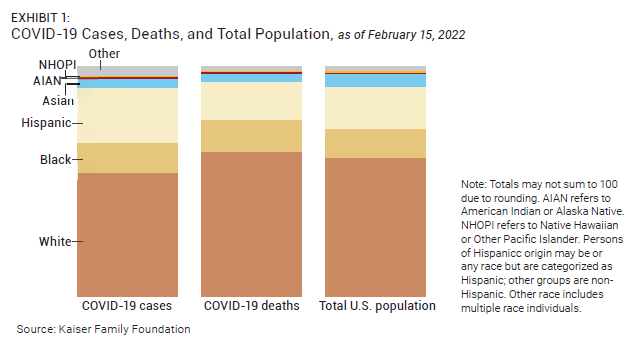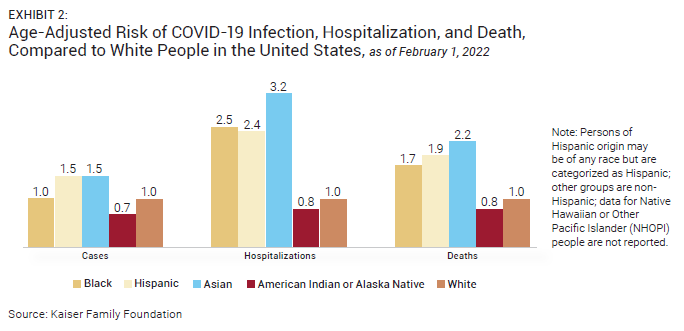NHIF Announces Finalists for 2024 Outstanding Abstract Achievement Award
The National Home Infusion Foundation (NHIF) announces the finalists for its Outstanding Abstract Achievement Award for 2024. The authors of the following 5 poster abstracts will present an overview of their research project and summarize their findings during a special clinical webinar and a panel of judges will select the award recipient.



